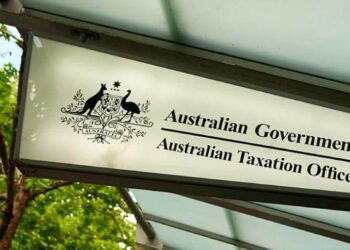Tim Miller, head of education for Smarter SMSF, said that advisers do not talk enough about whether contribution strategies present the right “opportunities and the right strategies” for their various clients.
Speaking at the SMSF Association National Conference in Brisbane, Mr Miller said myriad situations and types of funds require different approaches at different times to take full advantage of any contribution strategies.
“There are single-member funds, dual-income funds, those with no kids, and spouse-based funds,” he said.
“As well as looking at the fund structure from a strategic point of view in regard to clients, it is also necessary to contemplate some of these strategies in light of things such as Division 296 tax and even things like sole purpose test.”
Additionally, Mr Miller said advisers need to help their clients determine how much they should contribute to their funds.
“This is going to be different for everyone as every SMSF must exist for one or more core purpose as a result of the sole purpose test,” he said.
“Further, SMSF trustees must formulate and give effect to investment strategies that will aid the fund in achieving its retirement income objective and contributions have to play a part in this.”
He said regularly reviewing the fund’s strategy means regularly reviewing the contribution strategies to ensure they satisfy the sole purpose test requirements.
There are other considerations to think about when determining which contribution strategies will work best for individual clients, of which taxation is perhaps the biggest, Mr Miller said.
There are three primary concerns regarding taxation including Division 293 which he said was problematic as the $250,000 threshold and the concessional cap in light of the maximum contribution base may result in more people taxed at the top marginal rate as they will exceed their cap unless changes are made to the Super Guarantee opt-out rules.
“There is also excess contributions to consider as it is easier to make mistakes with this now although penalties for excess NCC are not as significant as once were,” he said.
“And although Division 296 is not yet law, it should be noted that members with less than $3 million have limited contribution opportunities including concessional, downsizer and CGT cap.”
Mr Miller said another issue that should be considered is the impact of indexation.
“We saw via the indexation of the transfer balance cap at 1 July 2023 the impact it had on the utilisation of the bring-forward rules,” he said.
“The indexation of the concessional contribution cap will be influential as it can impact not only carry forward unused concessional contribution strategies, but also contribution reserving and potentially more importantly the non-concessional contribution limit.”
He said the updated age-related contribution rules under the deductibility requirements for making personal deductible contributions also put advisers in an “odd” position when talking to clients between 67–75 years.
“There’s no issue with them making voluntary contributions and there’s no test that restricts them from making those contributions. There’s no restriction on them making salary, sacrifice contributions,” he said.
“With the option to contribute up until 75, this strategy is less likely to be used for non-concessional contributions, and the election is only available for concessional contributions but the concept does exist for both types of contributions.”


